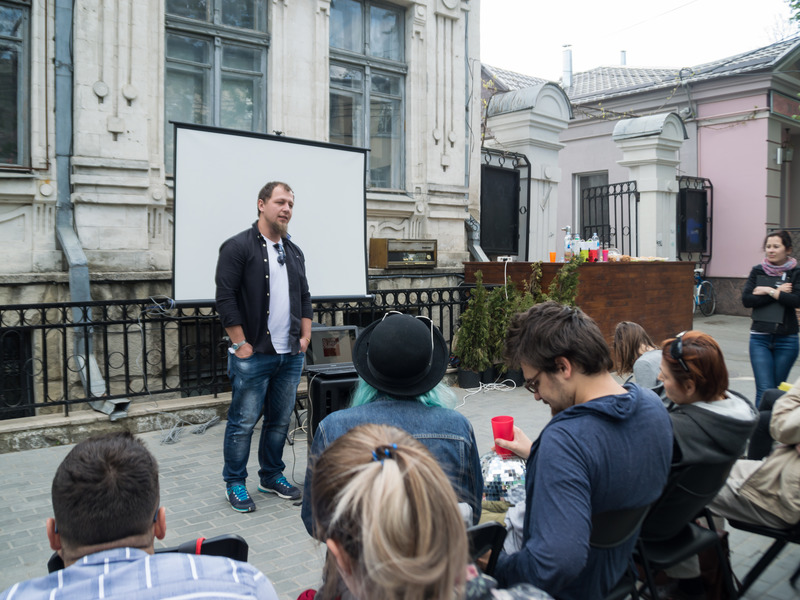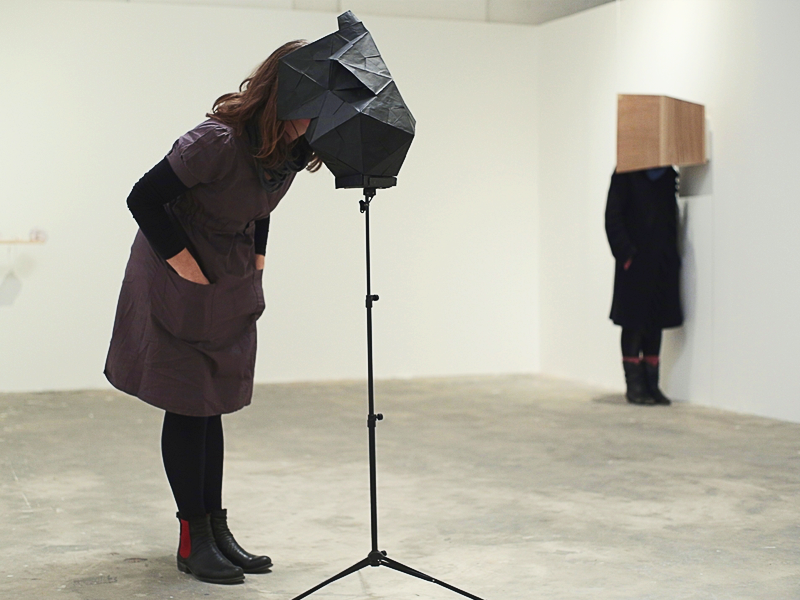
30 Practical Tips for Cultural Managers
Lyudmyla Skrynnykova and Anna Pohribna
Curators at CSM / Centre for Contemporary Art Foundation
Choose topics that genuinely move you
Projects are the people behind them, so their interests and motivation are of great significance. It is important to build relationships within the team since ideas turn into concepts when we interact. At CSM, we choose topics that we believe to be important and that we are interested in working with in the long term when we feel we are willing to invest ourselves in the work and in the people. The most interesting way to start a project is when there are many unknowns for you, when an issue draws you in, but for which there are no ready answers.
Test your ideas
For example, CSM has been publishing Korydor, its online magazine on contemporary art, for seven years. In Korydor, we launch certain hypothesis and observe how they are discussed and developed in the media. This greatly helps in working on the concept of a project.
Answer the question “Why?”
Creating a concept is putting together a puzzle constructed of “why”, “what”, “how”, “where”, “with whom”, and “for whom”, and every single piece is important (and Simon Sinek recommends you start with “why”). For each project, it is important to look for your own way of talking to the audience and conveying values that your team shares.
In 2014, for our first participatory project, Holidays on the Block, we went to the Poznyaky park to talk with the residents of the district about how art can change their living environment. This was a serious challenge: talking about art in the first year of the war, engaging people in disinterested co-creation in the park of commercial entertainment, and touching upon important topics that no-one wants to think about in residential areas. At the time, we lacked the experience and tools, but we knew what we wanted to say, and we were ready to persuade and engage.
Immerse yourself in the context
Working with participatory projects and art in public space, we could understand the role of research as the first step of a project. Holidays on the Block was carried out intuitively, and in 2014 we spoke little about the development of communities and participatory practices. However, the following year, we decided to start the Mosaic of the City project with a series of workshops, the first of which was about studying communities, and their values and practices for the use of public space.
Together with the participants of Mosaic of the City, we learned how to go through this stage to understand which communities were most suited for their art projects, which question are important to raise, and what we wanted to achieve. There is often not enough time and energy for this stage, but immersion in the context can prompt scenarios for subsequent development.
We began our last project Points of Approaching with residencies in Kharkiv and Dnipro, during which we tried to get a step closer to understanding the multiplicity of experiences that war brings to the lives of people and cities. This stage of meetings and discussions with volunteers, ATO veterans and internally displaced persons was an enriching experience for the participants of residencies for their future texts and art projects.
Approach cultural projects as social practice
Really interesting projects do not use conventional codes, but rather use them as starting points to build their own logic. This is how the audience can live through new experiences. In general, we think that the worst thing for a project concept is being eloquently conjunctural. Alevtina Kakhidze once noted that each participatory project had to have a soul – its own distinctive feature – and, at the same time, the ability to communicate with the help of an artistic text and image. At the end of the day, art is a social practice that can bring people together from different external worlds and bring about social interaction.
Be prepared for unplanned changes
You should always be open to change, flexible, empathetic and ready to improvise together with those who are creating the project with you. It is necessary to anticipate all possible risks and have a plan B since it can rain unexpectedly, partners may change their minds, an artist may lose interest in the project, the audience may prefer another event, or equipment may stop working.
There is no project where everything goes according to plan, but it is important to constantly analyse what has already been done, and then the drawback can be turned into (artistic) research. The category “failure” is irrelevant if during the development of the concept and project implementation there is reinterpretation and work to remedy the situation.
Anastasiya Nurzhynska
Communication specialist of the EU-EaP Culture and Creativity Programme.
Approach communication as project management
The structure of a communication strategy coincides with the regular project or logical framework. You start by studying the current situation, the problem, and determining the goal and objective before communication. Depending on who can help to resolve the problem, the target audience is determined. It is important here to understand how to convey information to this audience, how these people consume information, and what can motivate them to change their minds or behaviour. All of this is the basis for your activities plan: problem, goal, target audience, information channels, tools, message, plan, testing, evaluation.
Analyse the audience
The size of your target audience is determined by analysing the situation or the existing problem. The accuracy of the data you collect will determine your expected results or scope. For example, how many people can potentially attend cultural events in your city? So, your goal is to cover this number of people (and persuade them to come to the event), that is, you need to distribute a specified amount of information materials. These figures should also be coordinated with resources and, if necessary, narrow down the audience or your goal.
Stir up emotions or provide practical information
Yes, we do not like how the media attracts the attention of the audience, offering negative or sensational content. But they are competing for millions of viewers and understand full well what can interest them. You may borrow some methods. There are no boring topics. If you’re working on this project, it is socially important. All that is left to do is explain to each and every person this benefit from the perspective of basic values (family, money, feelings).
If you are planning to create brochures, information for the website or other publications, involve journalists who will make the information clearer. This can also grow to become a joint project with interesting practices in your city or sector.
Choose the communication channels that your target audience consumes
When we talk to everyone, we are not talking to anyone. This will also to help focus resources. For example, a quality study of a cultural foundation on a key analytical resource will be much more effective than a press conference or mass mailing the media.
Another valuable free tool is interpersonal relations. Regular meetings with journalists and editors over a cup of coffee will help you to understand what these media need.
Test all your communication
When you work constantly in an organisation or on a topic, you quickly lose your critical eye. In addition, your tastes and understanding of the topic may differ from the views of your target audience. Plan regular surveys among your subscribers, partners and representatives of your target audience regarding your information channels (whether they like your website, their evaluations of your events, whether they understand the information materials). This can be a survey, brief live questionnaire after an event, a phone call, or an email. Some comments will surprise you. But your success depends on how willing you are to listen to your audience.
For activists in the cultural and creative industries, a series of online courses has been developed with European experts on strategic planning, advocacy, project proposal writing, and much more.
The article was drawn up in cooperation with the EU-Eastern Partnership Culture and Creativity
Learn more https://theukrainians.org/30-porad-kultmenedzheram/




